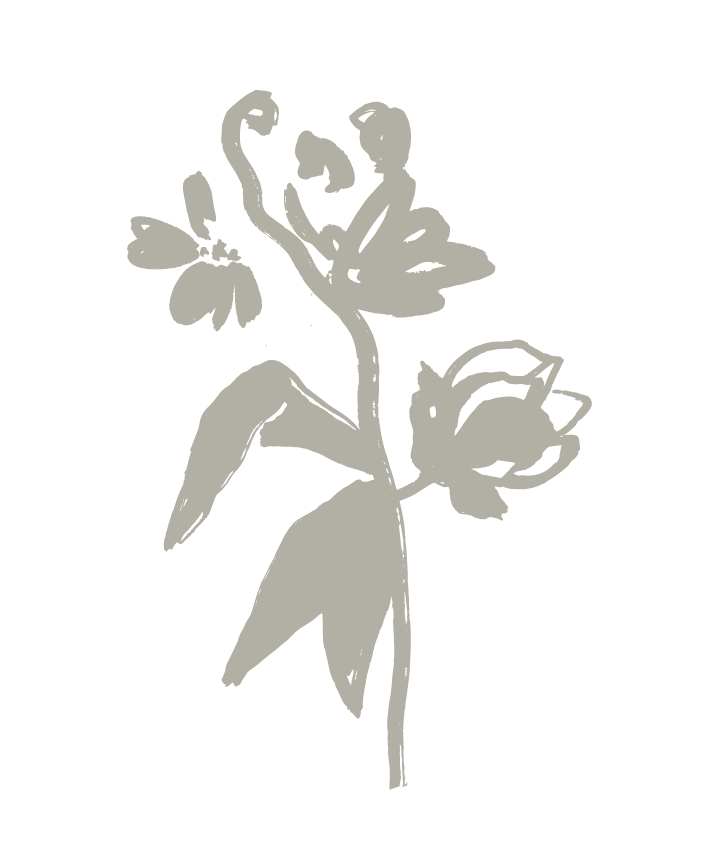Dry Brushing 101
In my Instagram stories, I recently posted about my weekly dry-brush (and exfoliation) routine. Several people reached out asking: What is that thing? Why do you dry brush? How do you do you dry brush, anyway?
I thought I would answer the following questions here, on my website, in a simple guide without any fuss attached to it.
Here we go.
Dry Brush: What is it?
It’s trendy now, but really, dry skin brushing is an ancient practice, used by both the ancient Greeks and Native Americans to remove dead skin cells. In Ayurveda—an Indian system of medicine—people dry brush to stimulate blood circulation.
Today, dry-brushing is widely practiced, by all people, and is believed to have many benefits beyond removing dead skin and blood circulation.
Dry brushes almost resembles a horse brushes—the head is wide, and the bristles are long and corse. Ideally, you should find a dry brush with a long handle to reach those tough-to-reach areas, like your back. For years now, I have used the Yerba Prima brand (you can find it here on Amazon).
Dry Brush: What are its benefits?
A couple of benefits were listed above—but I’ll make this easy and create a list for you.
Dry-brushing is beneficial because it:
Exfoliates the skin
Increases blood circulation, which thereby…
Detoxifies the body by draining the lymphatic system
Stimulates your nervous system, which makes you feel invigorated afterward
Improves skin appearance as it:
smoothes the skin,
reduces the appearance of cellulite,
promotes collagen production
creates a rosy radiance
Opens up the skin’s pores, thereby allowing the skin to freely eliminate waste (through sweat) and absorb more nutrients (vitamin D, oils, etc.).
Feels amazing! That’s a benefit, right?
Dry Brush: How do you do it?
First, be sure you dry brush before you get into the shower. That way, you can wash off any dead, dry, or flaky skin.
When you dry brush, you want to create multiple long, sweeping motions to your heart. You want to encourage lymph toward your heart, where the lymphatic fluid reenters the bloodstream. Always follow the circulatory system.
Start with one leg, beginning with the top of the feet, then target the lower leg, the knee, and the thigh. When you work on the back of the thigh, treat the butt as an extension of your thigh and continue upward onto the small of your back.
As for your stomach, some recommend making circular motions clockwise (clockwise aids digestion).
When you get to the arms, work upwards (like you did for your legs), toward your heart. Use a softer brush for your face, neck, and décolletage, working downward toward your heart.
Check out the visual below for more guidance—I know I’m a visual learner!
Additional tips:
Dedicate three to five minutes dry-brushing your entire body.
Dry brush during the morning or day, not the evening. Its “invigorating” effects are pretty reviving.
Apply a body oil or moisturizer after you brush/shower to put moisture back into your skin.
You can dry brush 1-2 times a day, if you’d like. Otherwise, once a week is great too.
If you have sensitive skin, try the dry brush technique with a dry washcloth.
Visual on direction of dry brush strokes.

